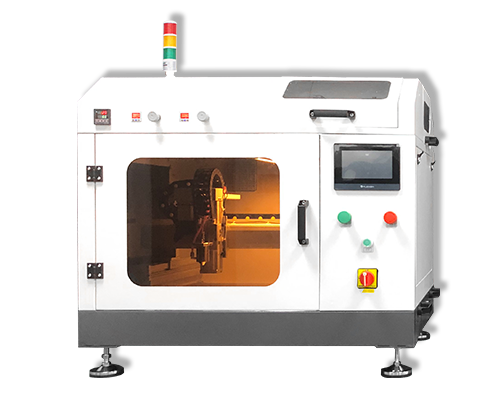PEM Electrolysis Water Technology
PEM Electrolysis Water Technology – Fuel Cell Coating – Cheersonic
Green hydrogen generates electricity through renewable energy, and then obtains hydrogen through electrolysis of water. Hydrogen production by electrolysis of water is to decompose water molecules into hydrogen and oxygen through an electrochemical process under the action of direct current, which are precipitated at the cathode and anode respectively. At present, there are three main technical routes for hydrogen production by electrolysis of water, namely alkaline electrolysis (AWE), proton exchange membrane (PEM) electrolysis and solid oxide (SOEC) three technical routes.
Among the above three technical routes, PEM electrolysis of water has a higher efficiency of hydrogen production, and is suitable for the volatility of renewable energy power generation. It is the current mainstream and promising electrolysis of water hydrogen production technology. Let’s take a look below Let’s take a look at the technical principle of PEM electrolysis of water to produce hydrogen.
Compared with the alkaline electrolytic cell, the PEM electrolytic cell replaces the asbestos membrane with a proton exchange membrane, conducts protons, and isolates the gas on both sides of the electrode, avoiding the disadvantages caused by the alkaline electrolyte. At the same time, the volume of the PEM electrolytic cell is more compact, and the structure has zero gap, which greatly reduces the ohmic internal resistance of the electrolytic cell and improves the overall performance.
Structure of PEM electrolytic cell
A typical PEM electrolytic cell is mainly composed of an anode end plate, a cathode end plate, a cathode and anode diffusion layer, an anode and cathode catalytic layer, and a proton exchange membrane. Among them, the role of the end plate is to fix the electrolytic cell components, guide the current transfer, distribute water and gas, and the diffusion layer plays the role of collecting current and promoting gas-liquid transfer. The core of the catalytic layer is composed of catalyst, electron conduction medium, proton conduction medium The three-phase interface is the core site for electrochemical reactions.
The proton exchange membrane generally uses a perfluorosulfonic acid membrane to transfer protons, isolate the gas generated by the cathode and anode, and prevent the transfer of electrons.
Advantages of PEM electrolysis water technology
Compared with alkaline electrolyzed water, the advantages of PEM electrolyzed water mainly lie in:
1. Since the proton exchange membrane solid electrolyte is used, the gas generated does not need to be dealkalized;
2. The efficiency is higher than the alkaline electrolytic cell;
3. Quick start and stop, good responsiveness
4. Can adapt to the volatility of renewable energy power generation.
Disadvantages of PEM electrolysis water technology
The disadvantage of the current PEM water electrolysis technology is the high cost, mainly because the catalyst uses the precious metal platinum, and the cost is difficult to reduce for a while. This is the same as the problem faced by the fuel cell. How to reduce the platinum loading of the catalyst or find a new low-cost Cost-effective alternative materials are also key technical issues to be studied and overcome.
Ultrasonic spray fuel cell catalyst coating system can produce highly uniform, repeatable and durable coatings. Our ultrasonic spraying can well control coating properties, significantly reduce material usage, and reduce maintenance and downtime. Uniform catalyst coatings are deposited onto PEM fuel cells, GDLs, electrodes, various electrolyte membranes, and solid oxide fuel cells with suspensions containing carbon black inks, PTFE binder, ceramic slurries, platinum and other precious metals.
Cheersonic is the leading developer and manufacturer of ultrasonic coating systems for applying precise, thin film coatings to protect, strengthen or smooth surfaces on parts and components for the microelectronics/electronics, alternative energy, medical and industrial markets, including specialized glass applications in construction and automotive.
Chinese Website: Cheersonic Provides Professional Coating Solutions

